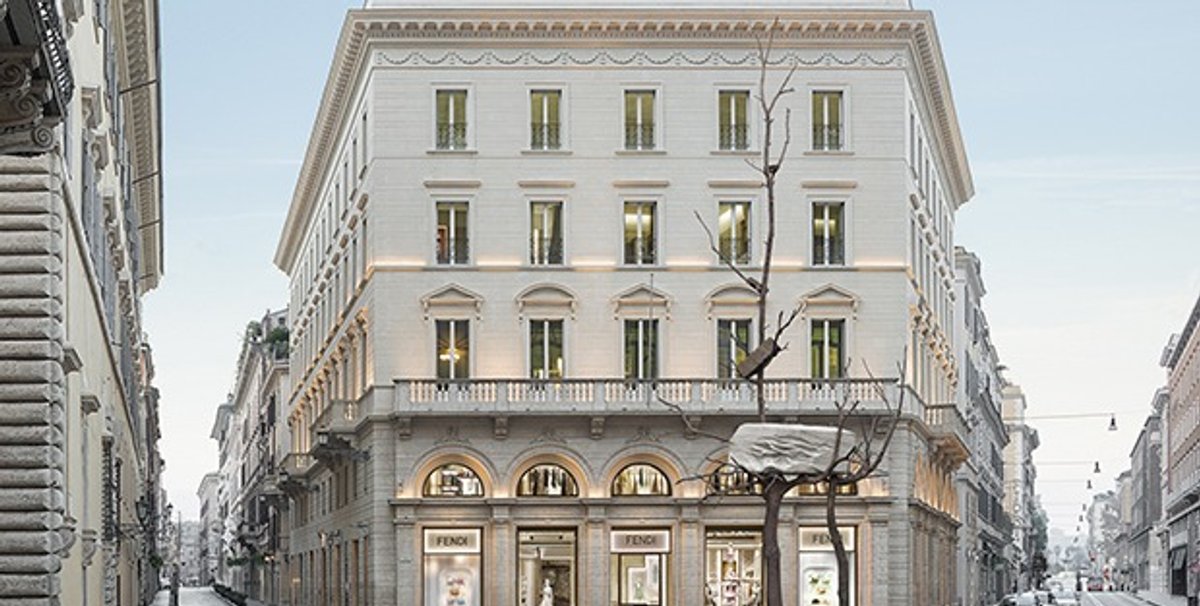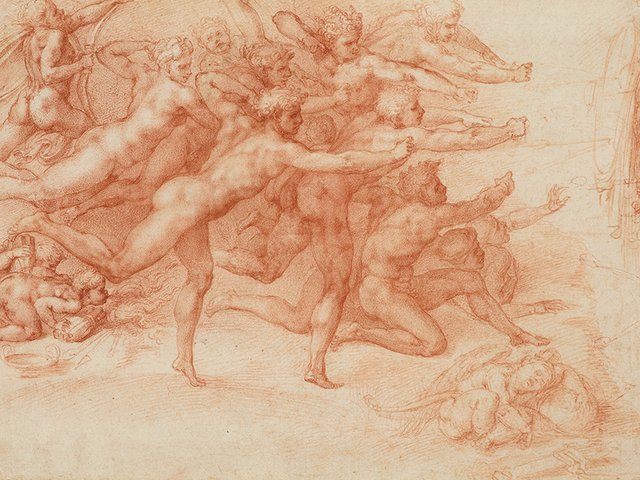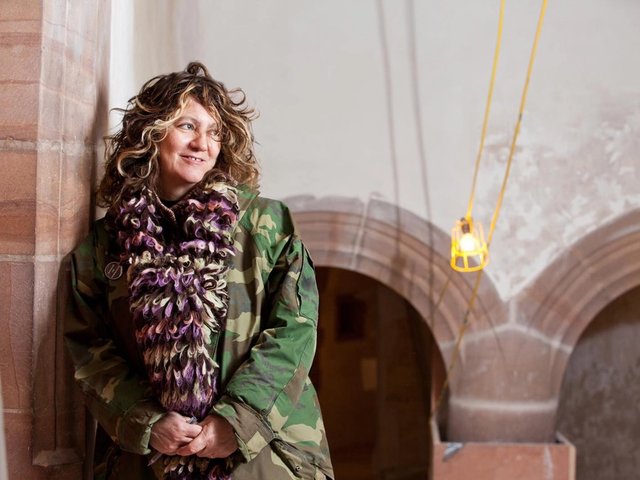A public sculpture by the Italian artist Giuseppe Penone was unveiled last week in Rome in what is being called the first permanently installed work of contemporary art in the city.
The work, titled Foglie di pietra (2017), was commissioned by the luxury fashion brand Fendi and placed outside its flagship boutique. But getting the work installed required negotiations with an array of state bureaucrats, including the landmark authority and the ministry of culture.
“The great luxury of working with somebody as important as Penone is that there are many other examples of his works and exhibitions, so the various authorities that approved the work could count on an impressive track record,” says Massimiliano Gioni, who was hired by Fendi to organise the project.
After planning began in 2015, Fendi decided to do an additional exhibition of Penone’s work that opened in January 2017 at the brand’s new headquarters, in the restored Mussolini-era Palazzo della Civiltà Italiana in Rome. For the show, titled Matrice (until 16 July), “we chose works that retrace Penone’s career from his recent public sculpture” to Foglie di pietra to provide context for the new work.
The Fendi sculpture is made of bronze to resemble two trees, the tallest of which stands nearly 60 feet. The braches of each tree support 11 tons of marble, which required the work of eight engineers to configure. The work is held up internally by an invisible steel scaffold.
“Penone has the ability to speak to a very diverse public,” Gioni says. “Since the 1960s, he’s been able to engage with a very erudite contemporary art world, but on the other hand—to use a suspect word—his work is very archetypical, in the sense that it touches on images that are somewhat primal.”
Gioni points to the history of trees in art and mythology, from the Biblical Tree of Knowledge to recent interpretations like Terrence Malick’s 2011 film Tree of Life. “Even if you have no artistic training, the Penone work reaches out to everybody,” Gioni says. “It’s not the kind of work that’s obscure.”





